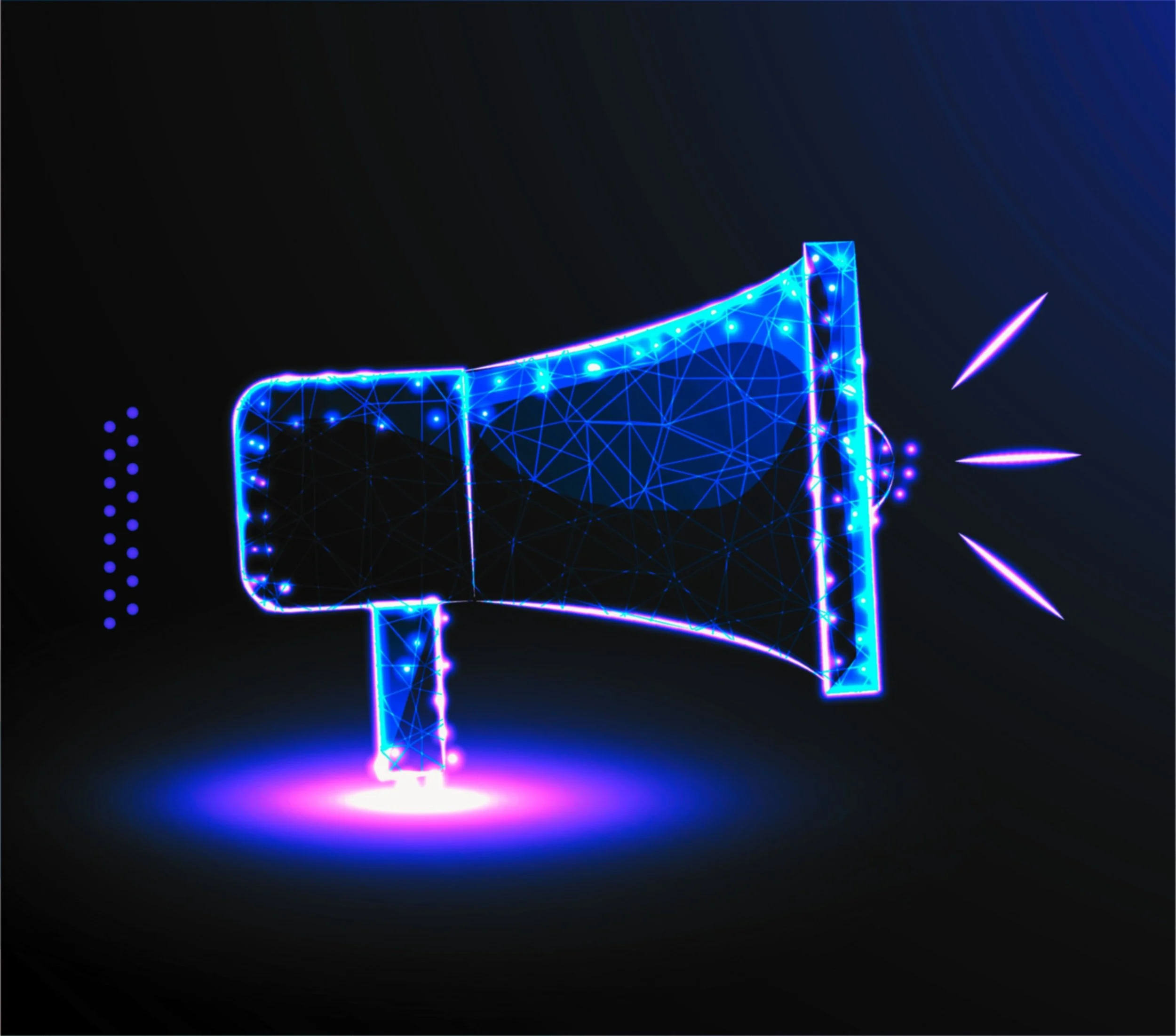Digital advertising offers more opportunities than ever to connect with your audience — but more platforms and targeting options also mean more room for waste if your strategy isn’t clear. From search ads and paid social to programmatic display, success comes down to two things: targeting the right audience and maximizing your return on every dollar spent.
Whether you're launching your first campaign or looking to improve performance, here's how to create and optimize digital advertising strategies that drive real results.
1. Start with Clear Goals
Before you launch any campaign, define what success looks like. Are you trying to:
Drive e-commerce sales?
Generate leads?
Boost brand awareness?
Promote a new product or event?
Your goals should shape everything — from audience targeting and creative to platform selection and budget allocation.
2. Know Your Audience
Effective targeting is the key to efficiency. The more you understand your audience’s demographics, behaviors, needs, and online habits, the better your ads will perform.
💡 Use insights from your CRM, website analytics, and organic social performance to guide your targeting.
Most platforms offer robust targeting options, including:
Search: Intent-based (Google, Bing)
Social: Interest- and behavior-based (Meta, TikTok, LinkedIn)
Programmatic: Contextual, behavioral, retargeting, and lookalike audiences across the web
Use a mix of first-party, third-party, and lookalike data to reach the right people at the right time.
3. Choose the Right Channels
Not every platform is right for every goal or audience.
Google Search: High-intent leads and purchases
Meta (FB/IG): Brand awareness & engagement
LinkedIn: B2B lead generation
TikTok: Younger audiences & viral reach
Programmatic: Broad reach & retargeting
Start with the platforms that align best with your audience and goals — and build from there.
4. Create Compelling Ad Creative
Even with perfect targeting, weak creative won’t convert.
Effective ads:
Clearly communicate your offer or value
Include strong visuals or headlines that grab attention
Have a clear call-to-action (CTA)
Tailor creative to the platform (e.g., short, native-style video for TikTok vs. more polished visuals for LinkedIn) and continuously test variations to see what resonates.
5. Set a Realistic Budget & Bidding Strategy
A small, well-optimized budget often performs better than a large, mismanaged one.
Start with a test budget to validate your assumptions, then scale what’s working. Choose bidding strategies that match your goals — like Target CPA for conversions or Maximize Clicks for traffic — and monitor performance closely.
6. Measure What Matters
Track your KPIs based on your campaign goal:
Sales-focused: ROAS, conversions, cost per acquisition (CPA)
Lead gen: cost per lead (CPL), conversion rate
Awareness: impressions, reach, video views, engagement
Use UTM parameters and conversion tracking to attribute results accurately across platforms.
7. Optimize & Iterate
Digital advertising isn’t “set it and forget it.” You should regularly:
Pause underperforming ads
Reallocate budget to top-performing audiences and creatives
Test new messaging, visuals, and formats
Refine targeting based on performance data
Even small adjustments — like a clearer CTA or audience refinement — can significantly improve ROI.
The Bottom Line
Digital advertising is one of the most measurable, scalable tools you can use to drive growth — but without a thoughtful strategy, it’s easy to burn through budget without meaningful results. By setting clear goals, understanding your audience, choosing the right platforms, and continuously optimizing, you can reach the right people and turn your ad spend into measurable success.
📩 Want help building a smarter digital ad strategy? Let’s talk.

